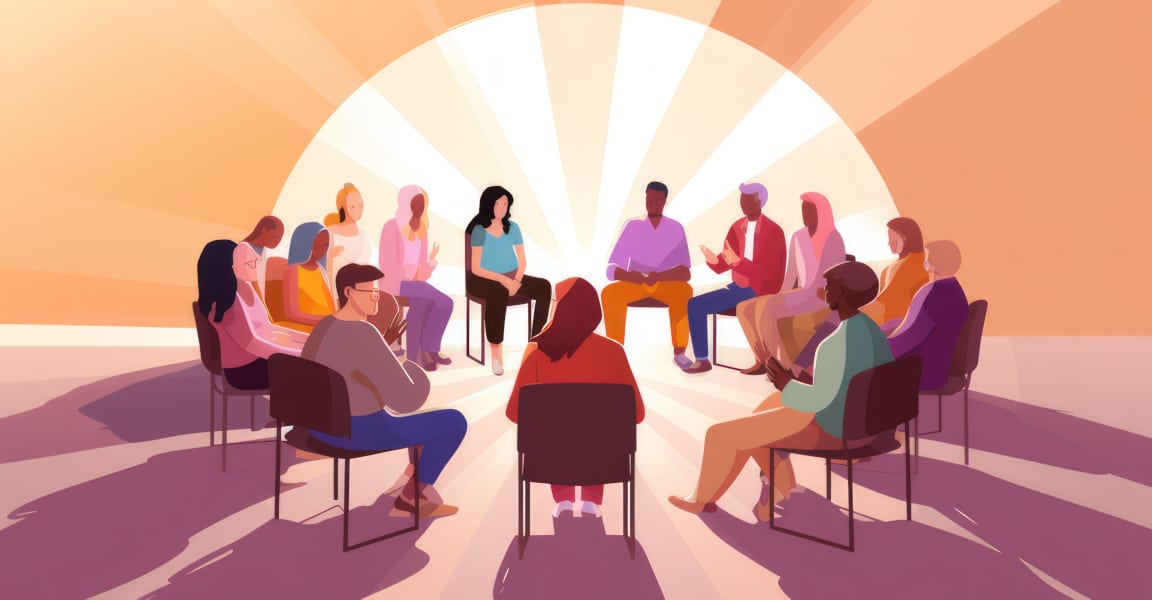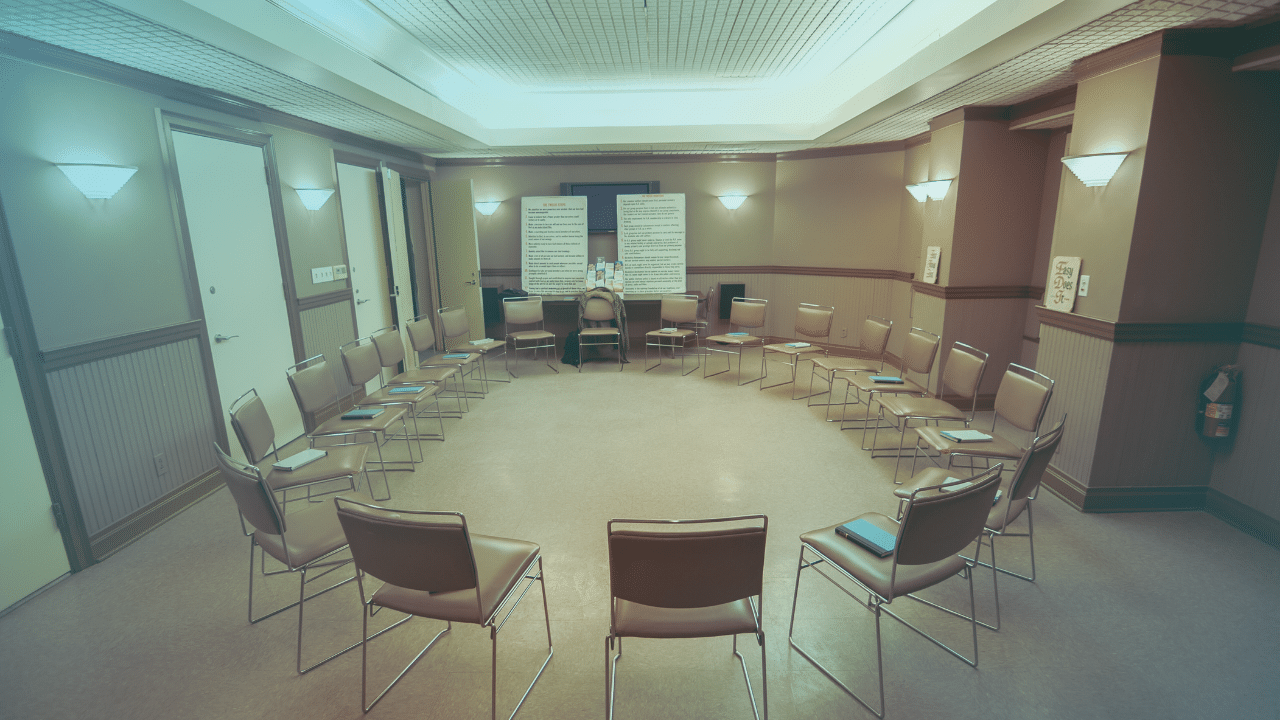
What Is Acid?
Acid, which is a more common name for lysergic acid diethylamide (LSD), is a popular psychedelic and hallucinogenic drug that was originally synthesized in 1938. Today, acid is known as a party drug that is typically used in upbeat and stimulating environments.
Acid is known to influence serotonin receptors in the brain to release a sense of immense pleasure. While there is no proof that LSD has any impact or damage on brain cells, it can begin to alter one’s perception of their life and the world.
Many users claim that acid doesn’t have any addictive properties, but the drug may cause high tolerance and even dependence if abused. Though acid abuse is rare, it may cause serious long-term health complications.
Why People Use LSD
People typically use LSD because of the high that it produces. Acid typically delivers a euphoric and relaxed sensation that allows users to lower inhibitions and go with the flow. Those who use acid usually take it for recreational and social purposes as opposed to medical reasons. People may use acid before a concert, party, or outdoor events with a large group.
The Experience of Tripping on Acid
When people get high on acid or LSD, they usually call it an “acid trip” or a psychedelic experience. The technical term for getting high on acid, however, is LSD intoxication. It is widely known that LSD intoxication may cause visual and sensory distortion along with intense and possibly euphoric emotions.
The short-term effects of using acid typically last for 8-12 hours after someone takes the drug. If someone is going through an acid trip, they may experience:
- Hallucinations
- Paranoia
- Changes in thought processes
- New insights and awareness
- Sweating
- Increased body temperature
- Dehydration
However, everyone’s experience with LSD is different; which is the main reason why the terms “good trip” and “bad trip” were invented. Someone could take acid and have a very pleasant experience, whereas someone else could take the same dose and become overwhelmed by fear. Since acid trips have been described as “dreamlike,” they could be extremely unpredictable.
How To Prevent Or Come Down From A Bad Trip
Someone who chooses to use acid could experience a bad trip at any time. While these trips may be unpleasant, they should not be dangerous or life threatening if handled properly.
Primarily, the main way to prevent a bad trip is to not use acid. If you have a history of mental illness or are uncomfortable with not knowing what will happen next, LSD may not be right for you.
After using acid, it’s recommended for individuals to avoid coffee and alcohol for at least the next 12 hours. They should also drink water, but not too much. Someone should be monitoring their progress and ensuring that the individual gets plenty of sleep if possible.
Long-Term Effects of Using Acid
Since most users only take it on occasion and do not become addicted to acid after using, many don’t think that LSD comes with any long-term effects. However, someone who uses acid may experience the following long-term issues:
- Psychological addiction
- Psychosis
- Flashbacks
- Depression
- Social isolation
- Hyperthermia
- HPPT – flashbacks
- Restlessness
- Seizures
If someone is experiencing these side effects after regularly using acid, it may be time to consider treatment for substance abuse. If someone starts using acid during their adolescent years, their risk for addiction may be higher.
To learn more about effects and treatment related to LSD or other hallucinogens, contact our team of substance abuse and treatment specialists.
Sources
https://www.verywellmind.com/what-does-it-feel-like-to-get-high-on-acid-21886
https://www.healthline.com/health/does-lsd-kill-brain-cells#takeaway
Explore this article:
Explore Our Facilities
Drug and alcohol detox and residential treatment for addiction and mental health disorders
Outpatient treatment center for substance use disorder and mental health disorders
Outpatient treatment center for substance use disorder and co-occurring mental health disorders







